Trick or Treat. Halloween on campus was bloody with a total of 32 people, consisting of students, staff, and members of the community inside of the Fitness Center giving blood through the American Red Cross.
“I was super excited to get to do things all about blood with my Human Anatomy and Physiology students for our Halloween drive,” Biology Professor Katie Goff said. “Working in teams, we publicized the drive, recruited for the drive, and helped staff the non-clinical aspects of the drive.”
The college has held blood drives on campus with the American Red Cross for more than 10 years.
For each blood drive held on campus; the Red Cross sets goals they want to see met. This drive’s goal was to have 28 donors, and that goal was exceeded with a total of 32 donors.
“At college blood drives, we usually collect a ton of units,” Charge Nurse Lilyann Fagg said. “This is where we get a lot of first-time donors, too, so this is kind of the first place to make an impression on a bunch people, so they continue to donate.”
The donors at Tuesday’s blood drive all chose to donate whole blood. This includes two main parts; the plasma that makes up about half of the body’s blood and the formed elements (red blood cells, white blood cells, and platelets).
Although no one chose this, a Power Red donation option was available.
“A Power Red donation uses an external machine to separate out the blood components of the plasma from the formed elements, specifically the red blood cells, and then puts the plasma and platelets back into the donors and keeps the red blood cells,” Goff said, “thereby taking a concentrated amount of red blood cells compared to whole-blood donation.”
Power Red donations can help trauma patients, newborns, and people with sickle cell anemia.
“The blood today, it gets sent to Pennsylvania to one of our testing centers,” Fagg said. “From there the blood will come back once it’s tested, and it’ll be distributed locally first, but if it can’t then it will go elsewhere.”
Twenty-eight of the 32 donors had usable whole-blood products collected from the drive.
“The American Red Cross gives potential reasons for deferral to be low iron, illness, or recent travel outside of the United States,” Goff said.
One of the student donors was sophomore Kristian Barcroft, who was donating for extra credit.
“Participating in things like this is important because a lot of people are in need of blood, especially now a days with different diseases. It’s helpful to have,” Barcroft said.
Donors can donate every 56 days for whole-blood donations and every 112 days for a Power Red donation.
One pint of blood has the potential to save up to three lives.
“Blood donation is a real and accessible way that anybody can save lives,” Goff said. “People are born with this life-saving ability without any further training, and I’m excited to help people realize their potential to meaningfully impact the lives of so many others.”


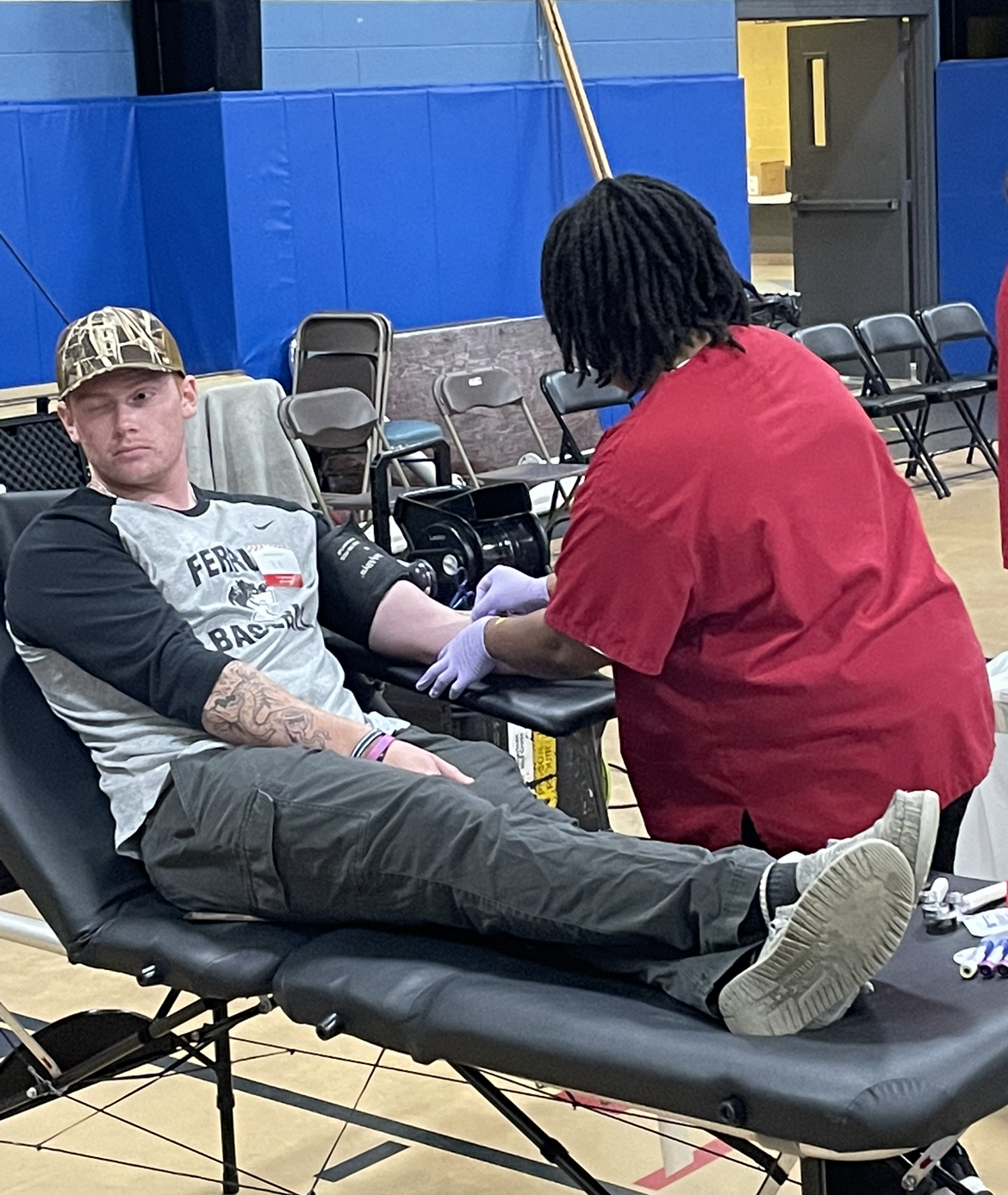
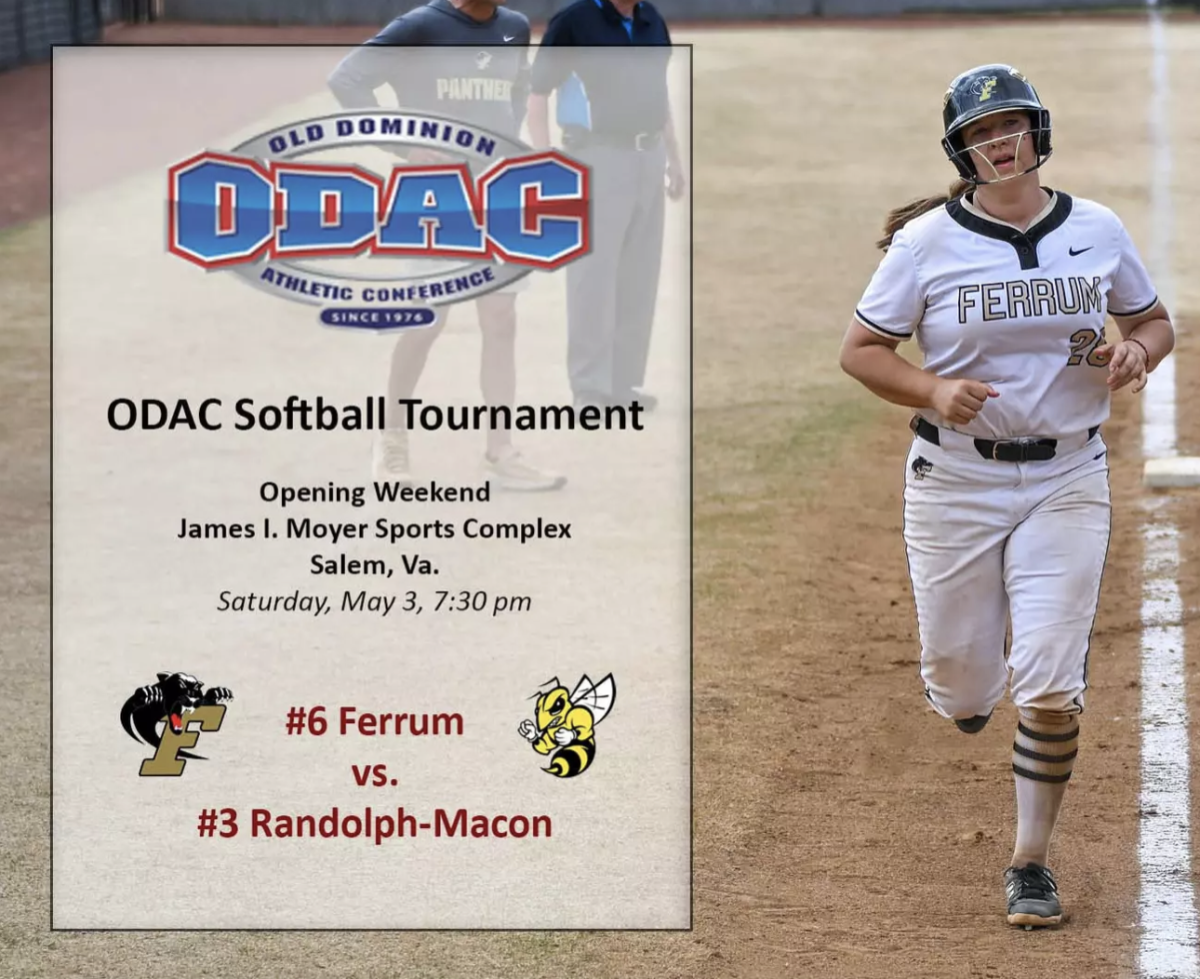

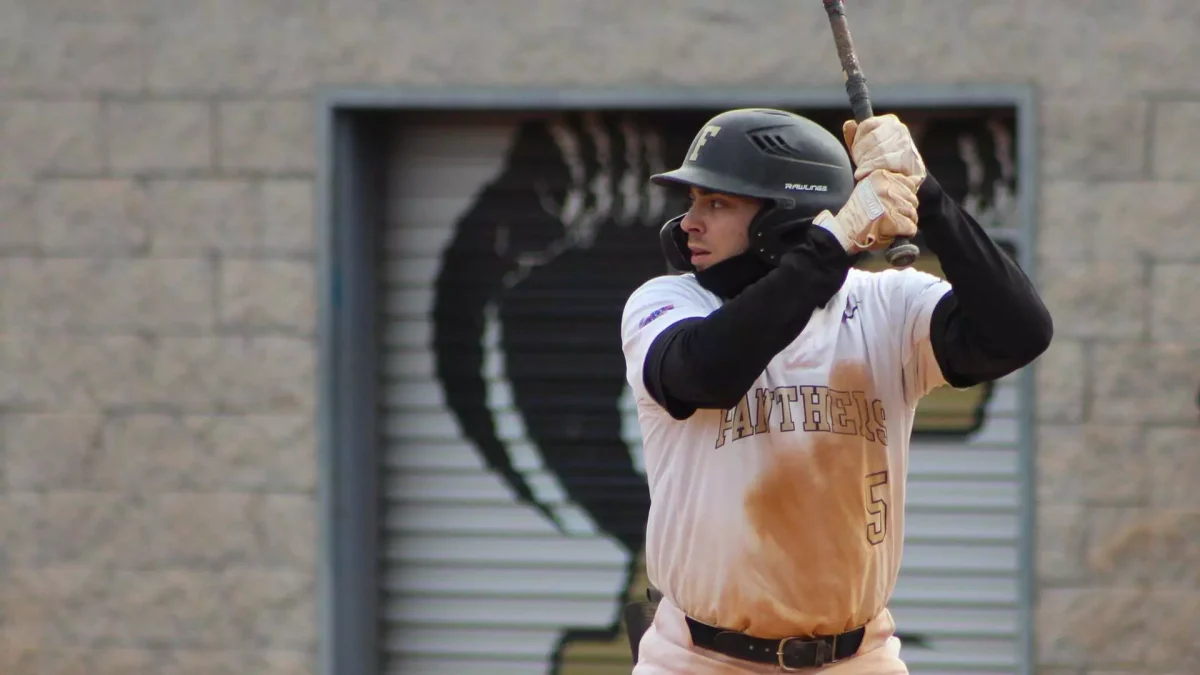
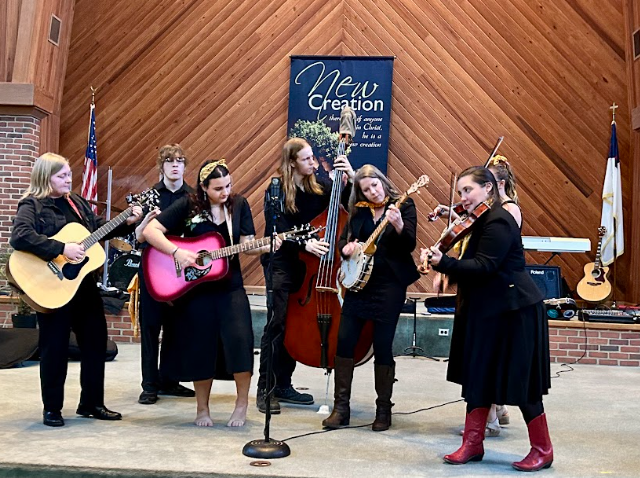


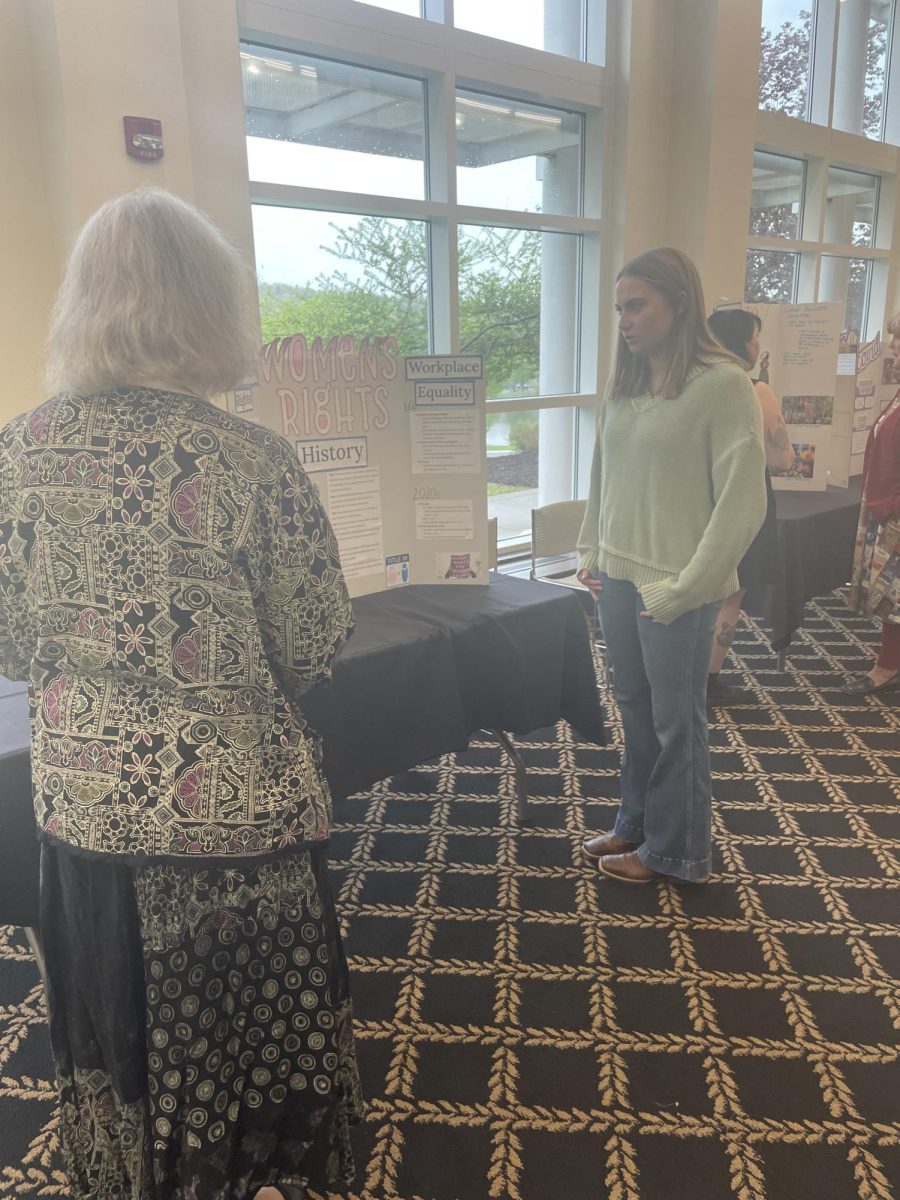
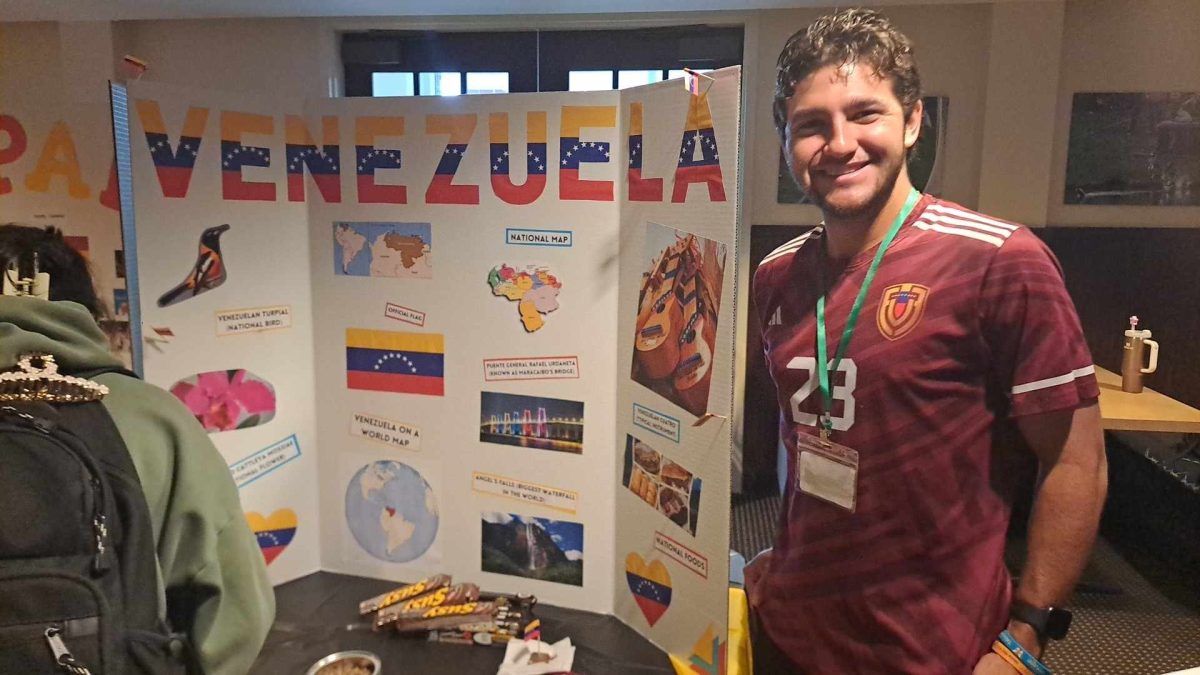
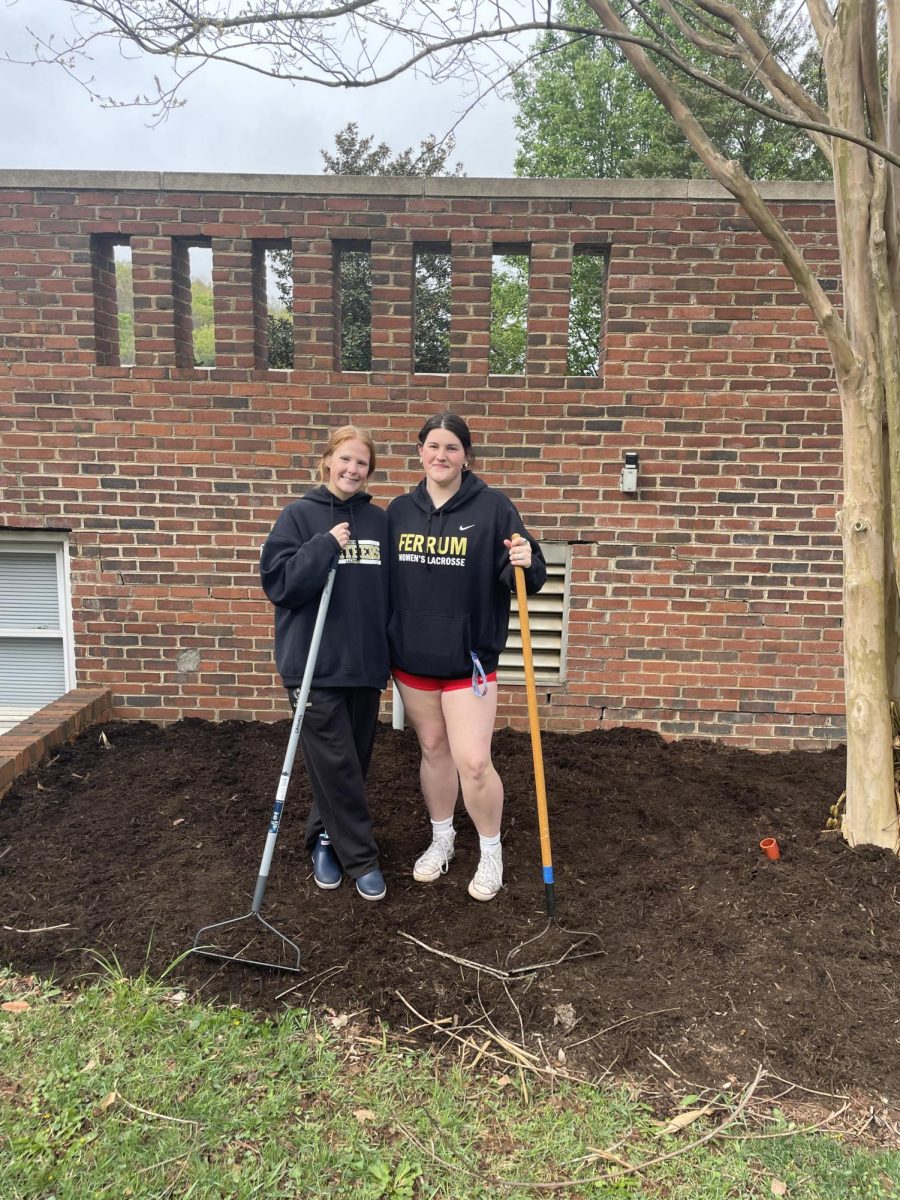



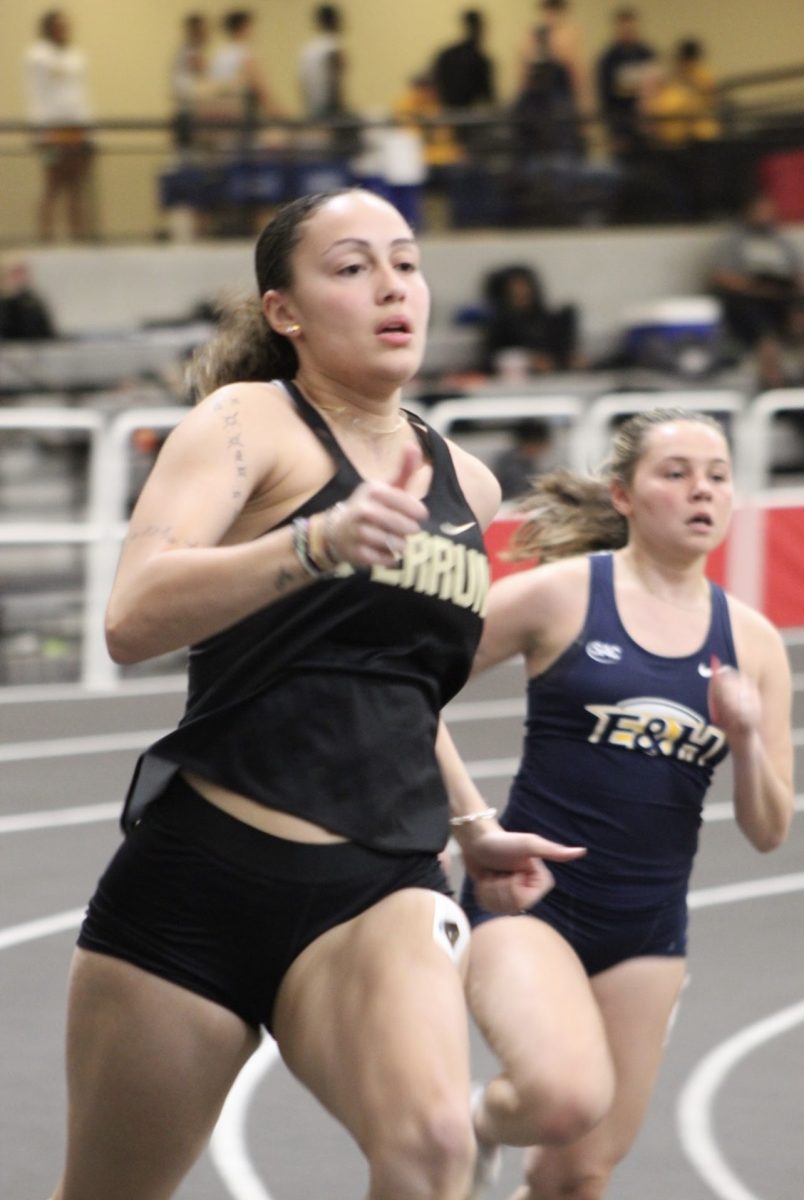


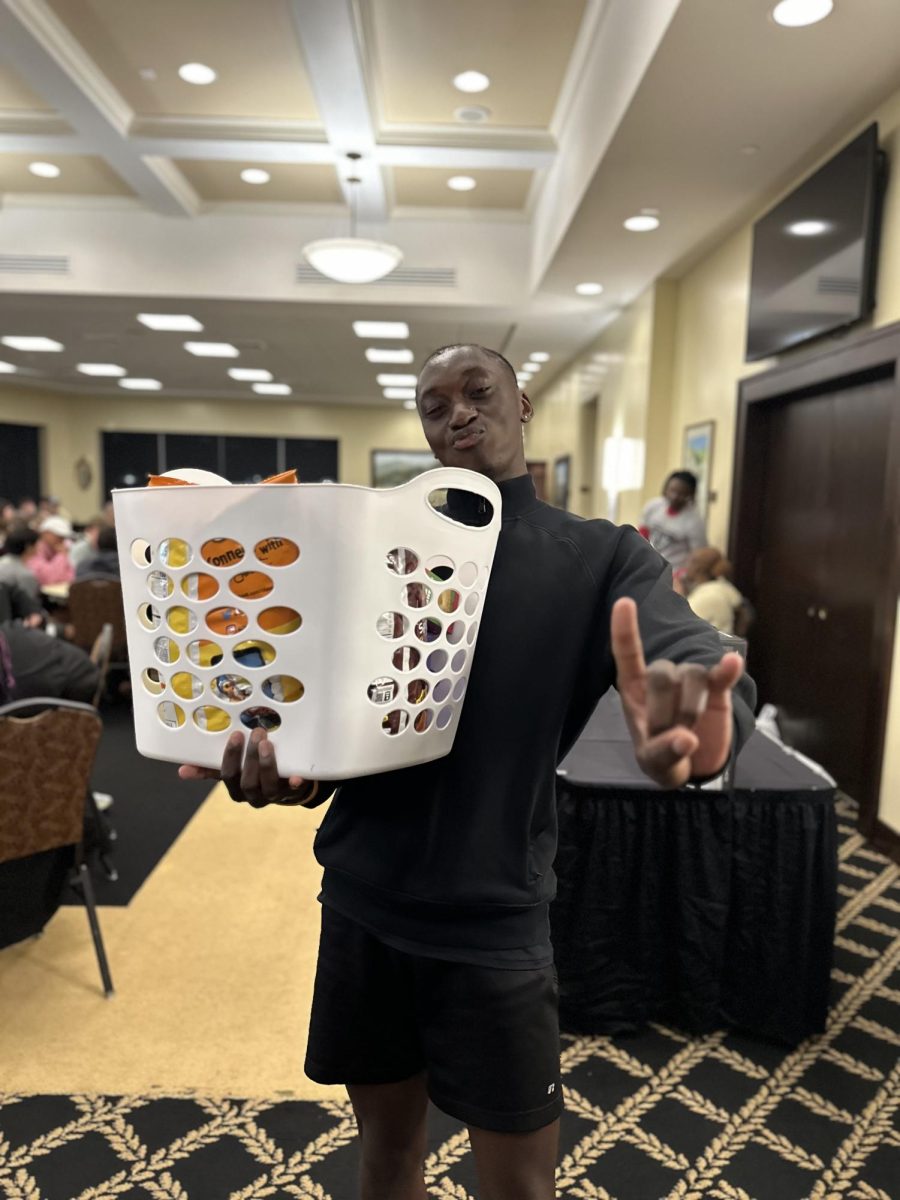

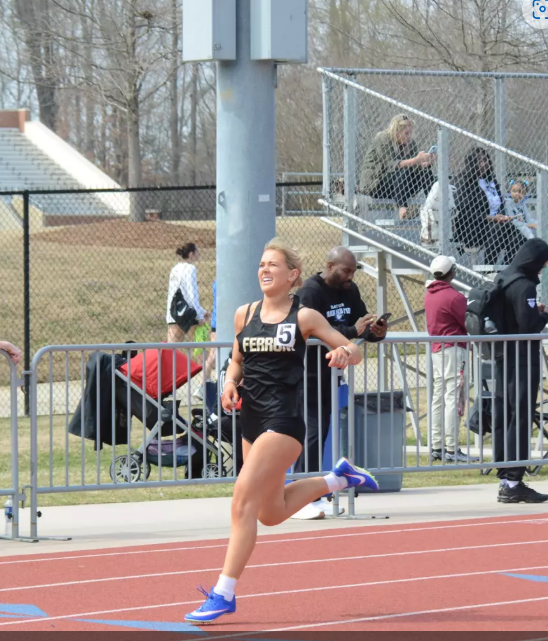
Brittany • Nov 2, 2023 at 10:25 am
Great Article Kyle!